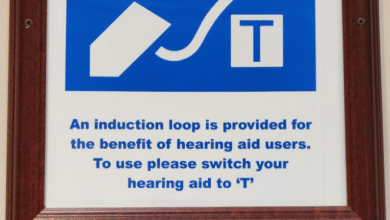
St. Luke’s adopts AI tool to improve detection of bone trauma in X-rays
St. Luke’s University Health Network has deployed new artificial intelligence technology across all of its hospital emergency departments and urgent care centers to help identify bone trauma in X-rays, officials said.
The Network is the first in the region to use Gleamer BoneView AI at all of its acute care hospital ERs and Care Now walk-in centers. The tool assists in detecting fractures, dislocations, effusions, and lesions.
“St. Luke’s is committed to advancing patient care through investments in artificial intelligence for medical imaging,” St. Luke’s Radiology Chairman Dr. Robert Fournier said. “By integrating AI into diagnostic imaging workflows, St. Luke’s enhances the accuracy, speed and consistency of image interpretation. This enables quicker and potentially more precise diagnoses while also improving overall efficiency.”
Clinical studies have shown that BoneView reduces missed fractures by up to 30%. St. Luke’s began using the system in some emergency departments last year and recently expanded it to the St. Luke’s Grand View campus in Sellersville, completing the rollout systemwide.
Trained on a vast database of X-ray images, the deep learning technology flags potential abnormalities by placing a yellow box around areas of concern. It is especially effective at identifying subtle injuries like buckle fractures.
St. Luke’s Chair of Emergency Medicine Dr. Rebecca Pequeno said the tool provides support to clinicians as they review images before radiologists complete a final assessment.
“It’s like having a helpful second set of eyes when reviewing X-ray images,” Pequeno said.
While St. Luke’s Radiology Department has used AI for certain imaging reviews for seven years, BoneView represents its first network-wide initiative, applied to more than 1,000 X-rays daily.
Across its 16 campuses and more than 350 outpatient locations, the Network employs AI in a range of operations, from medical imaging for stroke and sepsis risk assessments to predictive analytics. Officials said St. Luke’s is engaged in more than 100 AI projects, one-third already integrated into regular workflows.
Dr. Fournier added that the initiative has value for physician training.
“Our residents and fellows will gain hands-on experience with the latest AI-driven imaging technology,” he said, “placing them at the forefront of next-generation medicine and allowing them to witness firsthand how innovation improves patient care and outcomes.”





